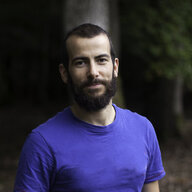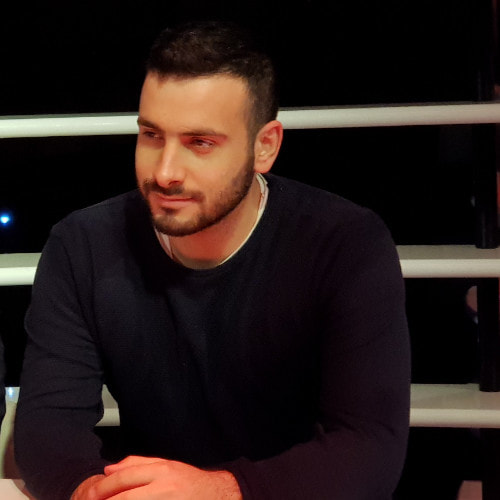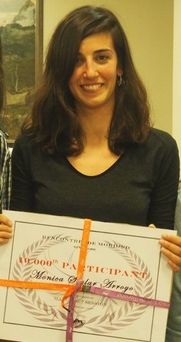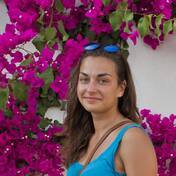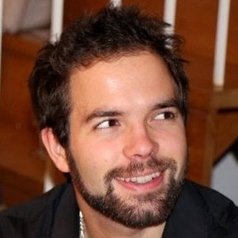|
|
Valentin LefrancPostdoctoral researcher (2021-2023)Valentin was leading the development of the Astro-COLIBRI transient tool. After a PhD thesis in our group at IRFU/CEA and Desy-Zeuthen (Berlin, Germany) he was developing Machine Learning tools as freelance software developer and for different start-ups before joining us again for a postdoctoral position.
|
|
|
Halim AshkarInternship M2 (2018) + PhD (2018-2021)During his internship Halim analyzed the H.E.S.S. observations obtained after the detection of gravitational waves from the binary black hole merger GW170814. As expected, no high-energy gamma-ray emission was found and limits on the full localisation region of the event could be derived.
During his PhD Halim was focussing on the study of multi-messenger transients at very-high energies. He is mainly searching for VHE gamma-ray counterparts to gravitational waves and Fast Radio Bursts with H.E.S.S. and CTA. See for example here. Halim is currently working as postdoctoral researcher at LLR/Palaiseau. |
|
|
Monica Seglar-ArroyoInternship M2 (2016) + PhD (2016-2019)During her internship Monica developed a detailed, time dependent model of the atmosphere above the H.E.S.S. observatory, which allowed to verify the model used in the H.E.S.S. simulations and estimate remaining systematic uncertainties.
During her PhD Monica was working on the study of multi-messenger transients, focussing mainly on searches for high-energy gamma-ray counterparts to gravitational waves with H.E.S.S./CTA and HAWC. She was also involved in the study of other transient phenomena like AGN flares with high-energy observatories. Monica spent one year at PennState (US) before finalizing her PhD at the Université Paris-Saclay in 2019. She was working as a postdoctoral researcher in the Virgo collaboration at LAPP (Annecy, France) before joining IFAE (Barcelona, Spain). |
|
|
Anke YusafzaiInternship M2 (2019)During her internship Anke started to develop Astro-COLIBRI, a novel framework summarizing stable and (most importantly) transient phenomena. Using data from a number of catalogs and the VoEventDB, Astro-COLIBRI provides easy access to what is going on in a given patch of the sky and thus enables, facilitates and improves dedicated follow-up observations of multi-messenger transients.
|
